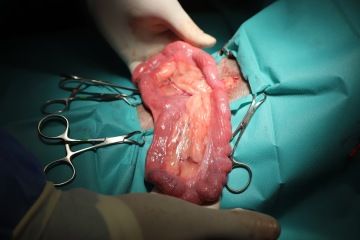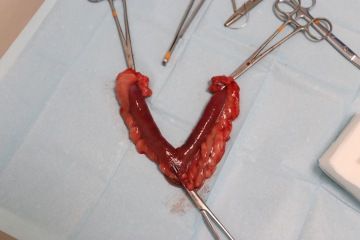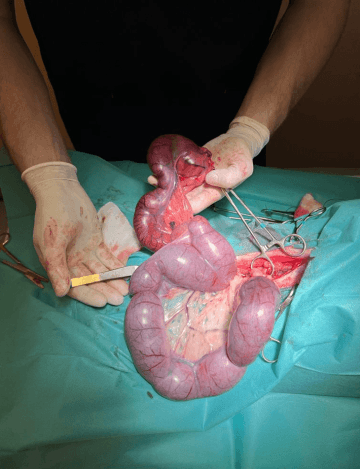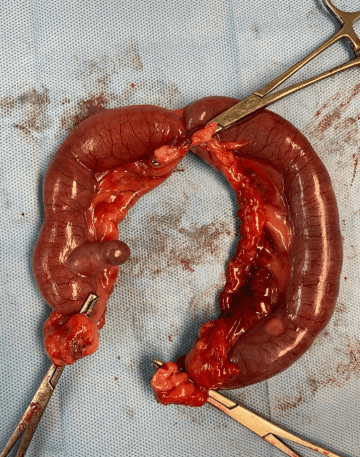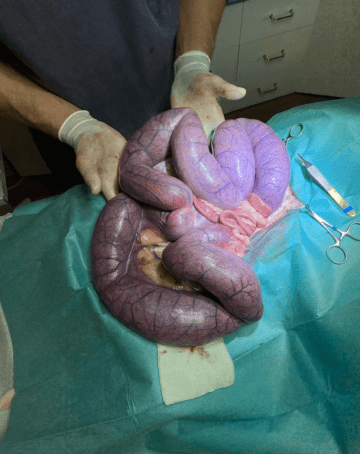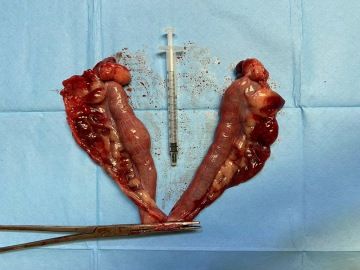Pyometra
2 years ago

Pyometra is a serious and life-threatening infection in the uterus.
How does a dog get pyometra?
It is caused by hormonal changes in the body - It develops due to an increase in hormonal stimulation. The disease begins as cystic hyperplasia of the endometrium, secretion accumulates in the uterus - mucometra or hydrometra develops. If there is penetration of bacteria into the uterus (Escherichia coli - the most common bacteria, Staphylococcus aureus Streptococcus spp, and Pseudomonas spp.) the secretion changes to purulent and results in pyometra. The uterus becomes filled with pus and the infection can spread systemically leading to sepsis. Pyometra occurs commonly in older intact female dogs and will begin several weeks after a heat cycle.
What are the two types of pyometra?
Pyometra can be either ‘open’ or ‘closed’:
1. An open pyometra
is when the cervix (womb entrance) is open, meaning you are likely to see blood and pus coming from your dog’s vulva.
2. A closed pyometra
is when the womb entrance is shut, meaning you are unlikely to see any discharge. A closed pyometra is particularly dangerous because it puts the womb at risk of bursting and the owner can easily overlook it.
It’s very rare, but occasionally a neutered dog will develop a specific type of pyometra called a stump pyometra.
How do you detect pyometra?
The most common clinical signs in dogs are:
excessive water intake
excessive urination
bloody vaginal discharge
depression
lethargy
anorexia
pale mucous membranes
Vomiting, diarrhea, weight loss, abdominal distension, and inflamed eyes have been reported less frequently. Some pets may have no clinical signs other than purulent vaginal discharge.
What is the treatment for dog pyometra?
Pyometra must be treated quickly and aggressively because it can cause death.
Treatment for a pyometra includes emergency surgery to remove the womb, a fluid drip and medication.
Remember - neutering is the best way to prevent a pyometra

